We have seen that the emergence of a new sport can be a new social practice, but it involves a dangerous process involving different elements. We will see that a social practice can ultimately be a good way of consuming the practice.
In this part, we will use a consumer culture journal from Shove and Pantzar (2005). We are going to study the fact that the practices are closely related to consumption. For this, the phenomenon of "Nordic walking", studied by Shove and Pantzar will allow us to analyze the relationship between practices and products and the way in which they evolve. Nordic walking is an outdoor walk carried out using sticks introduced in the 90s. This new practice has attracted many European countries such as Finland, for example, where 20% of the population practice it. This new practice came to the market with the idea of relearning to walk and walk for fun, even if it is more difficult to accept.
As stated previously, to build a social practice one needs skills, materials and meanings. The essential product to participate in this practice is the stick allowing walkers a more holy physical labor. As Michael (2001) puts it “we are more interested in the dynamic relationship between sticks and image and the performance of the practices they support. »(P48), thus, the stick characterizes the materials making the connection with the skills and performances. In addition, Shove and Pantzar (2005) support the idea that, “Nordic walking emerges through the integration of a new skill, image and equipment” (P45), thus the development of this new practice responds to the various elements of the theory of building a new social practice.
This innovation is very interesting and can be linked to the emergence of padel in France thanks to its similarities. Indeed pole hiking is something that has been around for many years, Nordic walking has just brought a new way of walking with a different body purpose. We have seen previously that the padel is a mix of racquet sports similar to many sports. However, this new practice has brought, like Nordic walking, a new way of playing with a racket in a different situation.
Thus, the analysis of this case study is beneficial to the understanding that a new social practice is linked to consumption and how walking, an activity that most of us have done for years, is becoming a new form. of pleasure.
Nordic walking is not feasible if hikers do not have the proper poles for the sport. Thus, suppliers and producers work with the different structures to allow the emergence of this new practice. Nordic walking is not possible without these poles, which is why this new practice and trend is pushing towards consumption. We find this with the padel where a basic tennis racket is not enough to play tennis padel, this requires a special racket exclusively intended for this sport. Thus, products are essential for the emergence of a new market, which is why producers and suppliers are essential players in the creation of a new market, but not only that.
Indeed, communities are a key player in the birth of a new practice in order to bring it to life. According to Shove Pantzar (2005), “The existence of a small, well-served community certainly helps explain how the Nordic walking system builders (Hughes, 1983) have achieved so much in a short period of time. "(P54). So we can notice another similarity with the emergence of the padel in France and the construction of a new social practice thanks to the communities. This similarity is present because the padel has been able to develop little by little and gain a certain popularity in France thanks to small communities wanting to develop this sport and make it known throughout France.
Thus, we can deduce that a practice becoming a social practice promotes the development of a sport and its transmission through different environments, thus increasing its popularity.
Student in Master 2 entrepreneurship and innovation at IESEG SCHOOL OF MANAGEMENT in Paris and passionate about sport, I decided to devote my end-of-study thesis to the emergence of padel in France as a sport and social practice and the associated market development. Having lived 22 years in Morocco and for 5 years in France, I am delighted to be able to share my skills.
















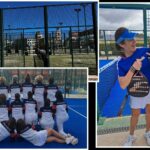


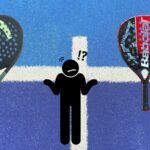
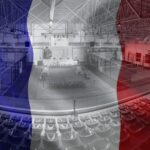
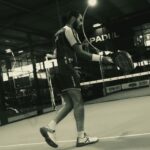














































































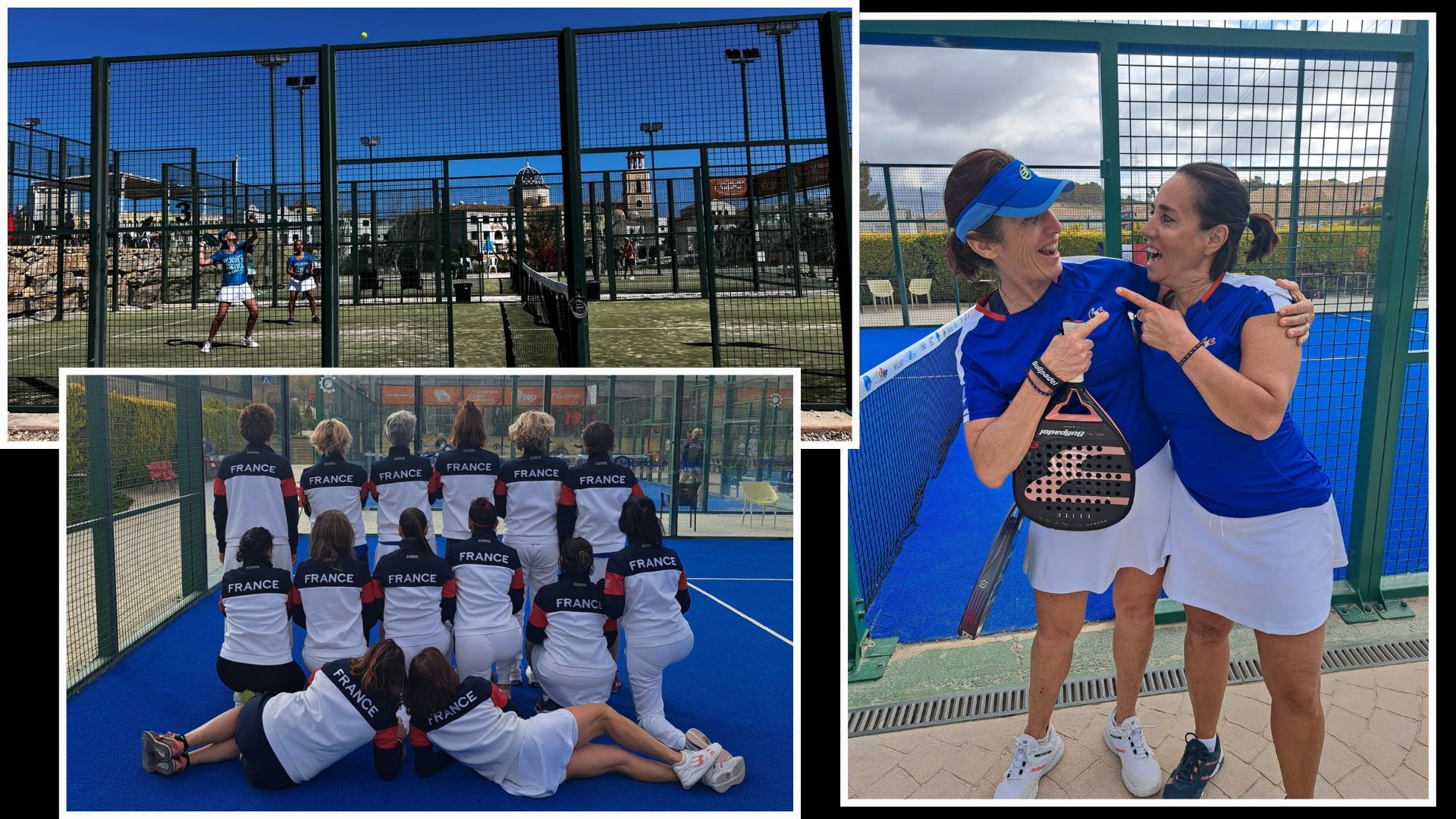 World Seniors Plus 2024 Open (F): heading to the quarter-finals for five French pairs!
World Seniors Plus 2024 Open (F): heading to the quarter-finals for five French pairs!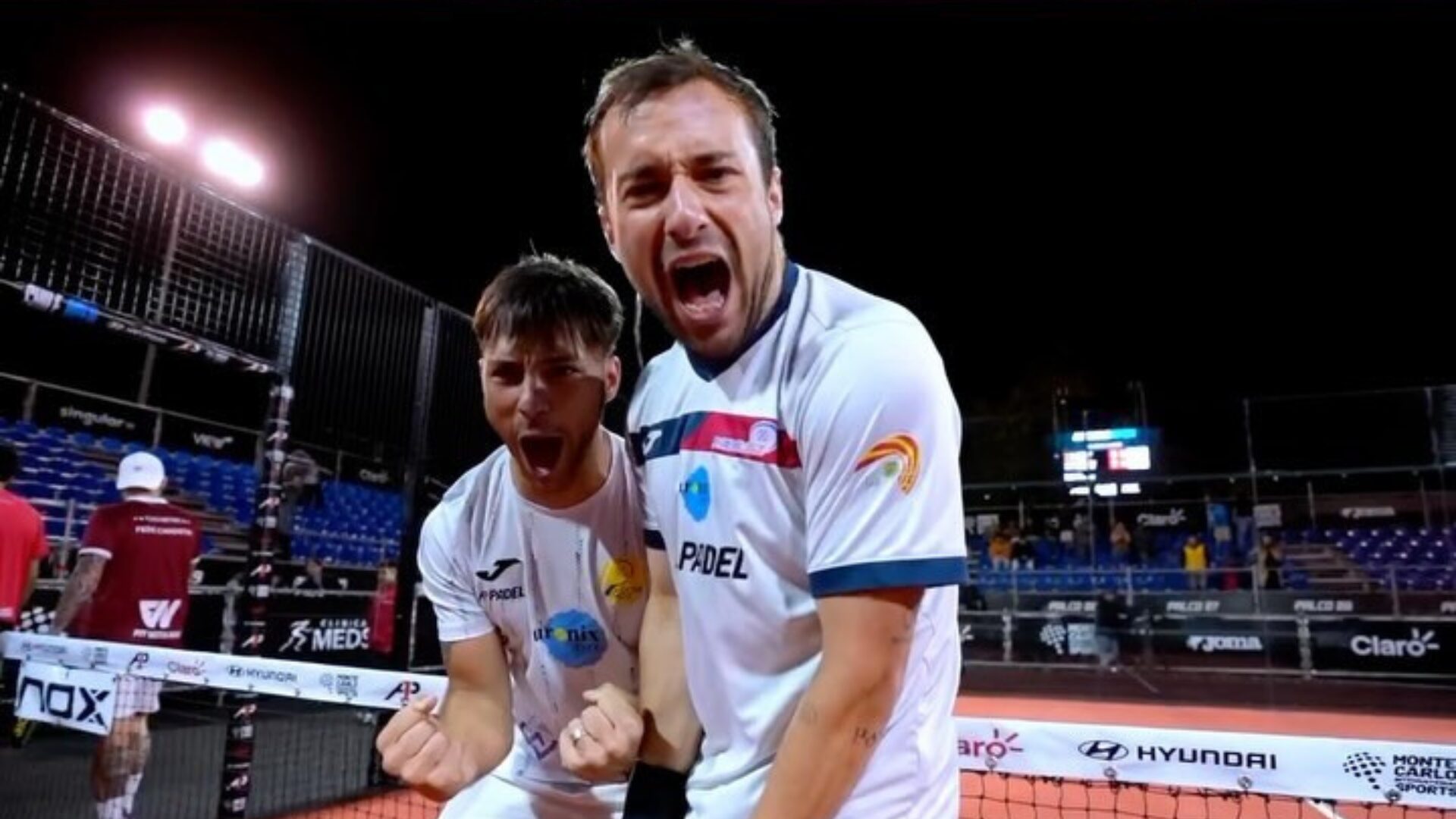 A1 Padel Chile Open – Chiostri and Sanchez eliminated, the eighths start strong!
A1 Padel Chile Open – Chiostri and Sanchez eliminated, the eighths start strong!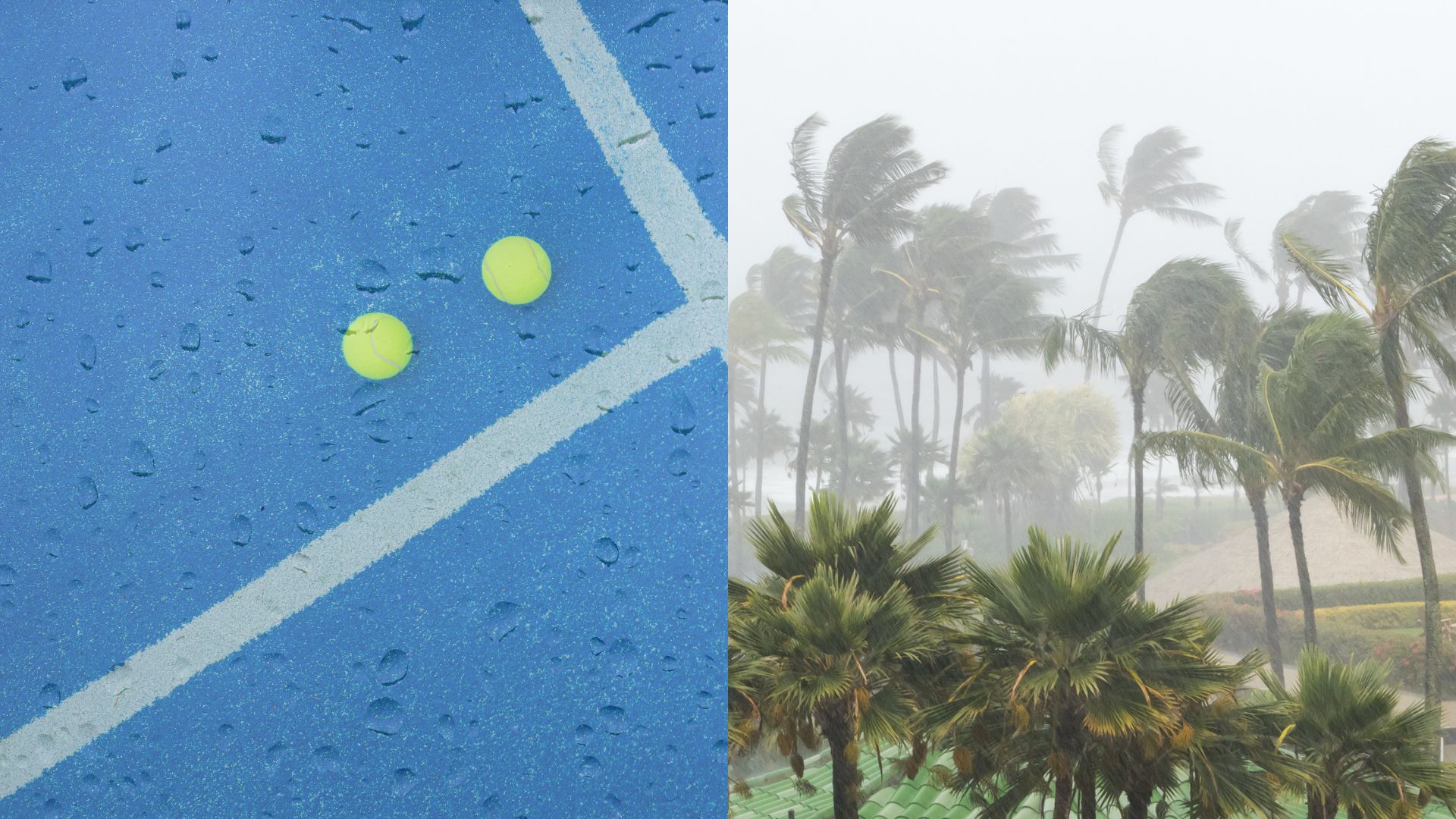 The French Overseas Territories: land of padel and challenges facing humidity and cyclones
The French Overseas Territories: land of padel and challenges facing humidity and cyclones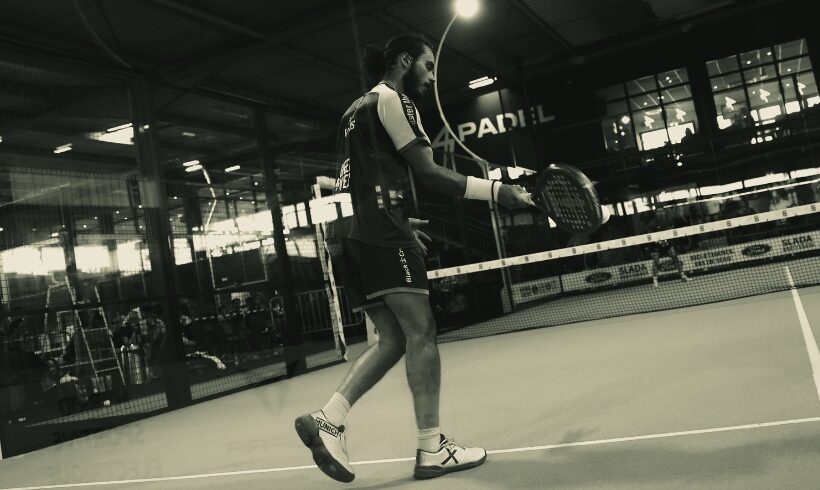 Manuel Vives: “It’s extremely difficult to get by financially”
Manuel Vives: “It’s extremely difficult to get by financially” And 4 for Frederick and Mehdy with network 4Padel !
And 4 for Frederick and Mehdy with network 4Padel !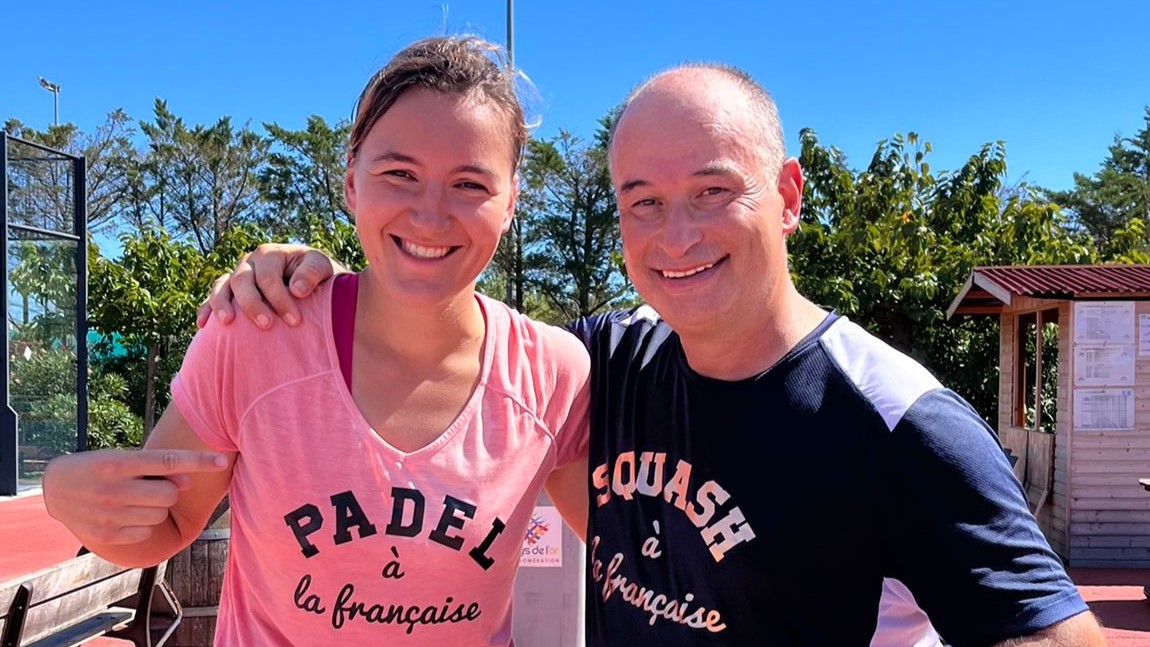 Benoît Letourneau (GM Squash & Padel): “Have a hundred young people in multi-snowshoes within three years”
Benoît Letourneau (GM Squash & Padel): “Have a hundred young people in multi-snowshoes within three years”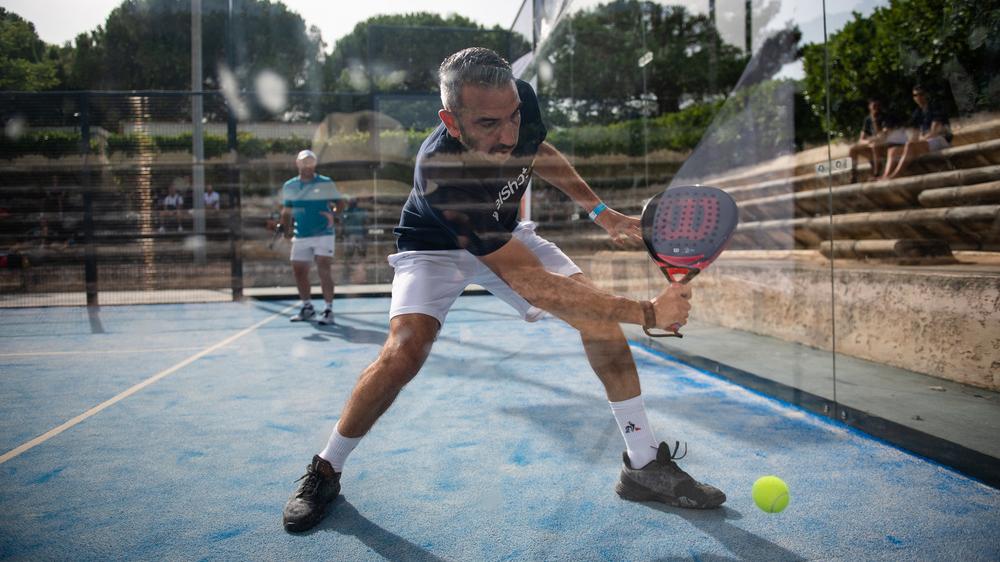 World Senior Plus – Simon Boissé: “Be in the first five places”
World Senior Plus – Simon Boissé: “Be in the first five places”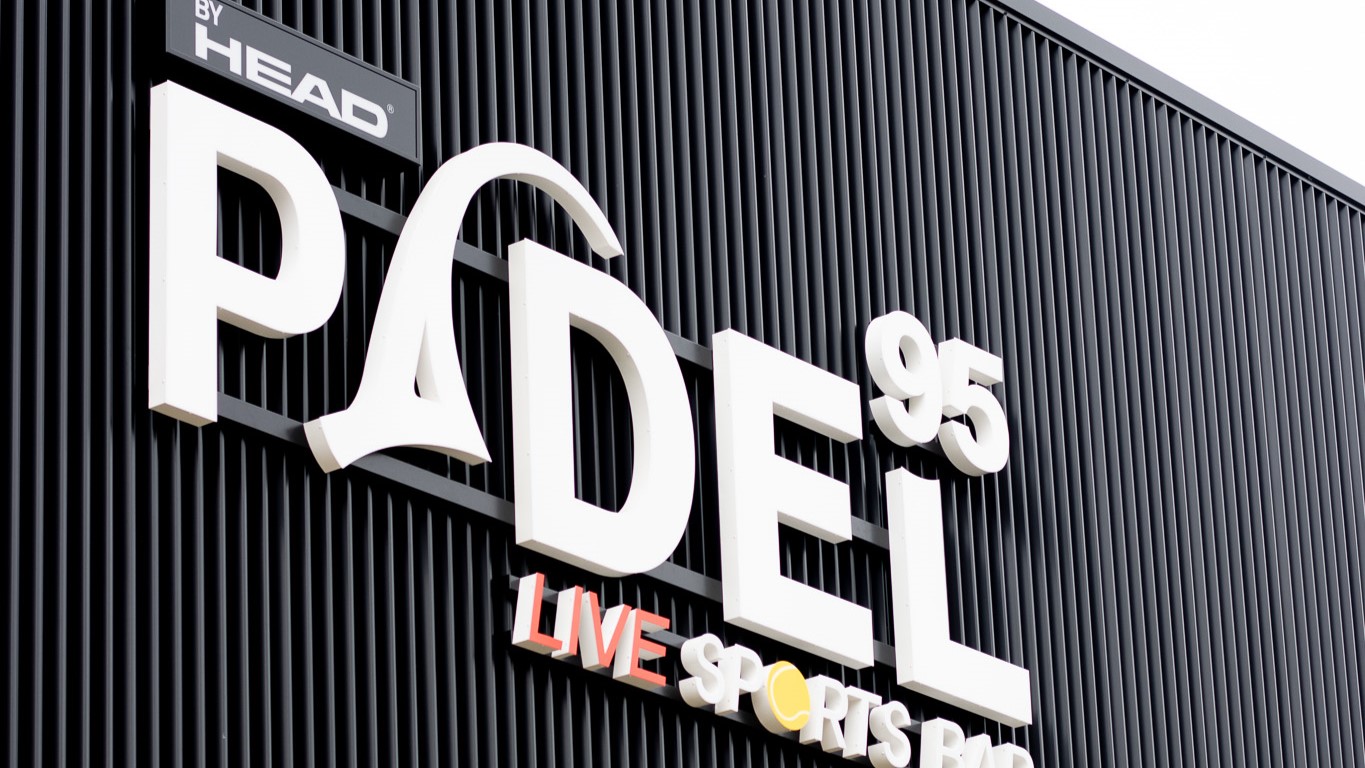 Padel 95: a brand new complex in Pontoise!
Padel 95: a brand new complex in Pontoise!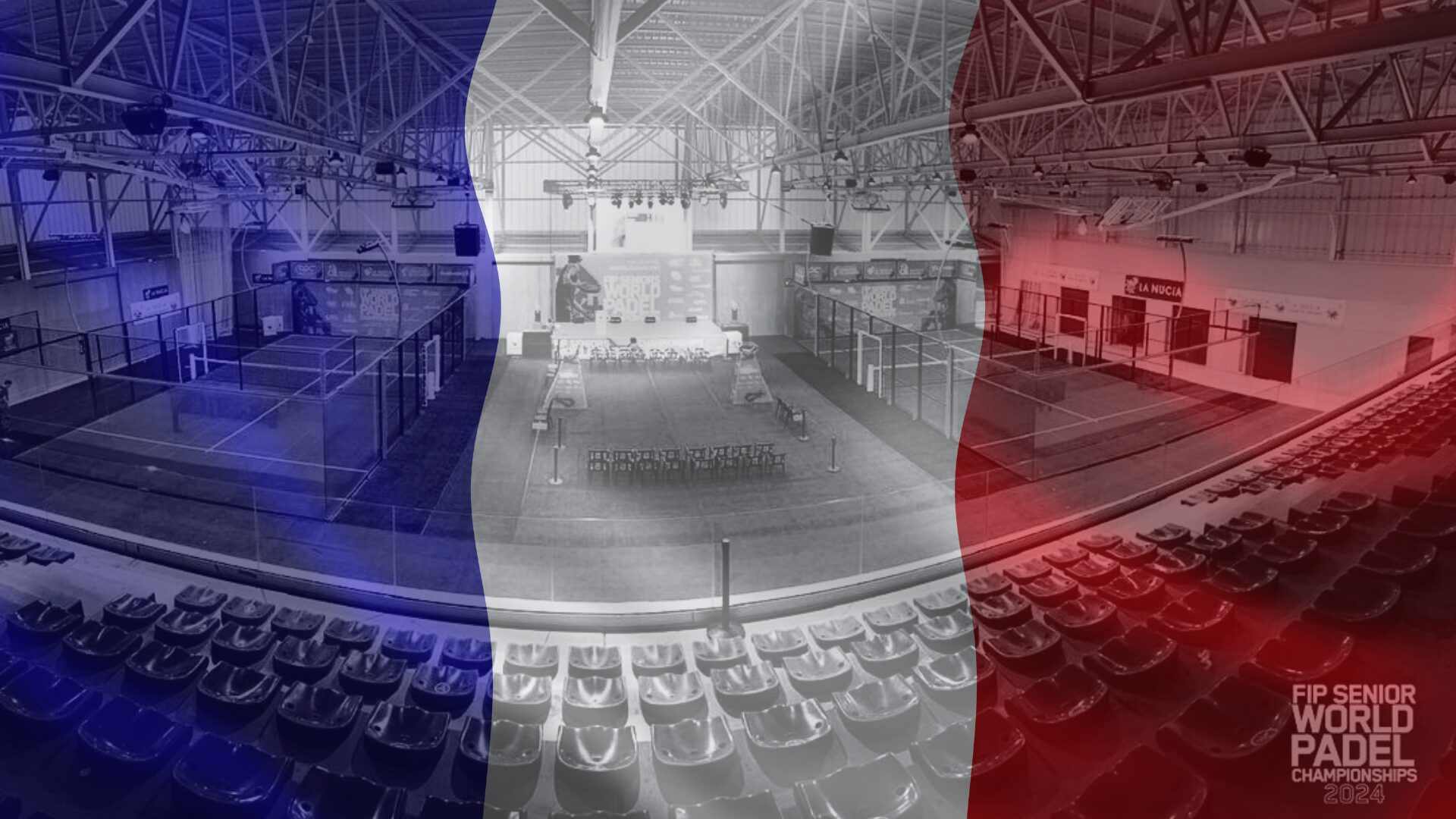 World Seniors Plus 2024 Open (M): five French pairs in the quarters!
World Seniors Plus 2024 Open (M): five French pairs in the quarters! World Seniors Plus 2024 Open (M): the French start very strong
World Seniors Plus 2024 Open (M): the French start very strong Play at padel on his yacht? Possible for €233.000!
Play at padel on his yacht? Possible for €233.000!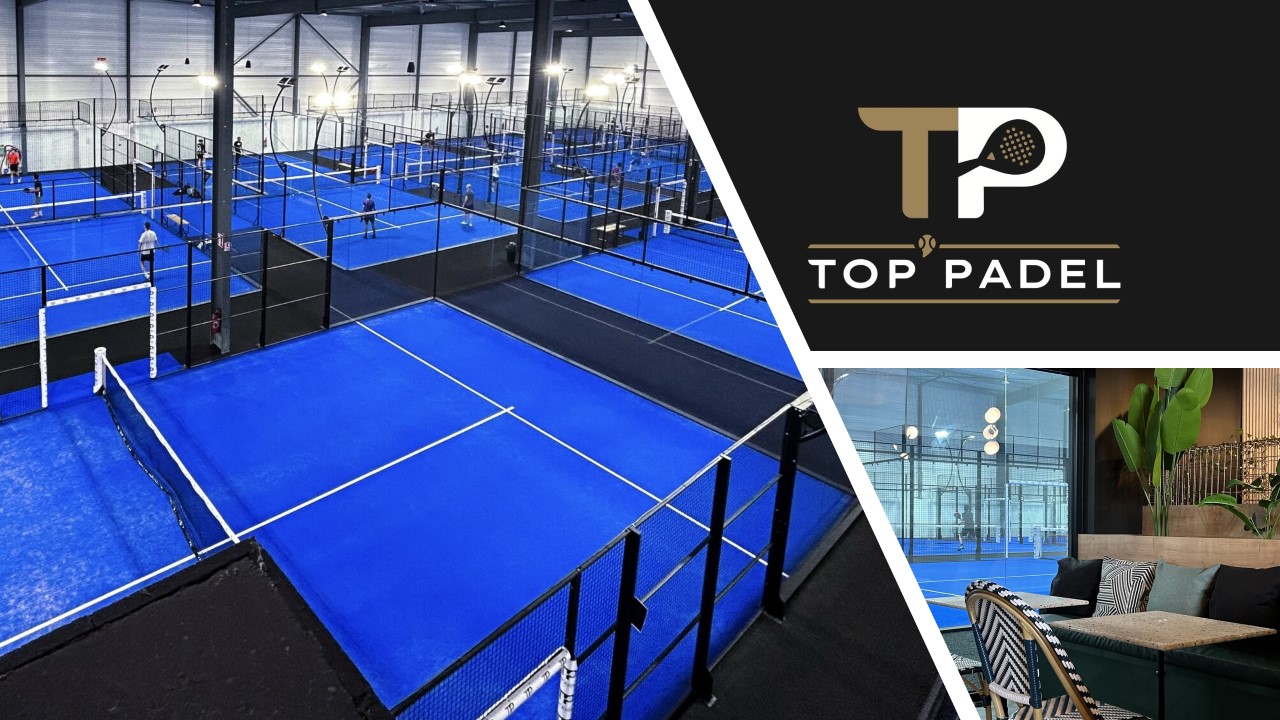 TOP Padel : “A premium club with 10 slopes in Toulouse”
TOP Padel : “A premium club with 10 slopes in Toulouse”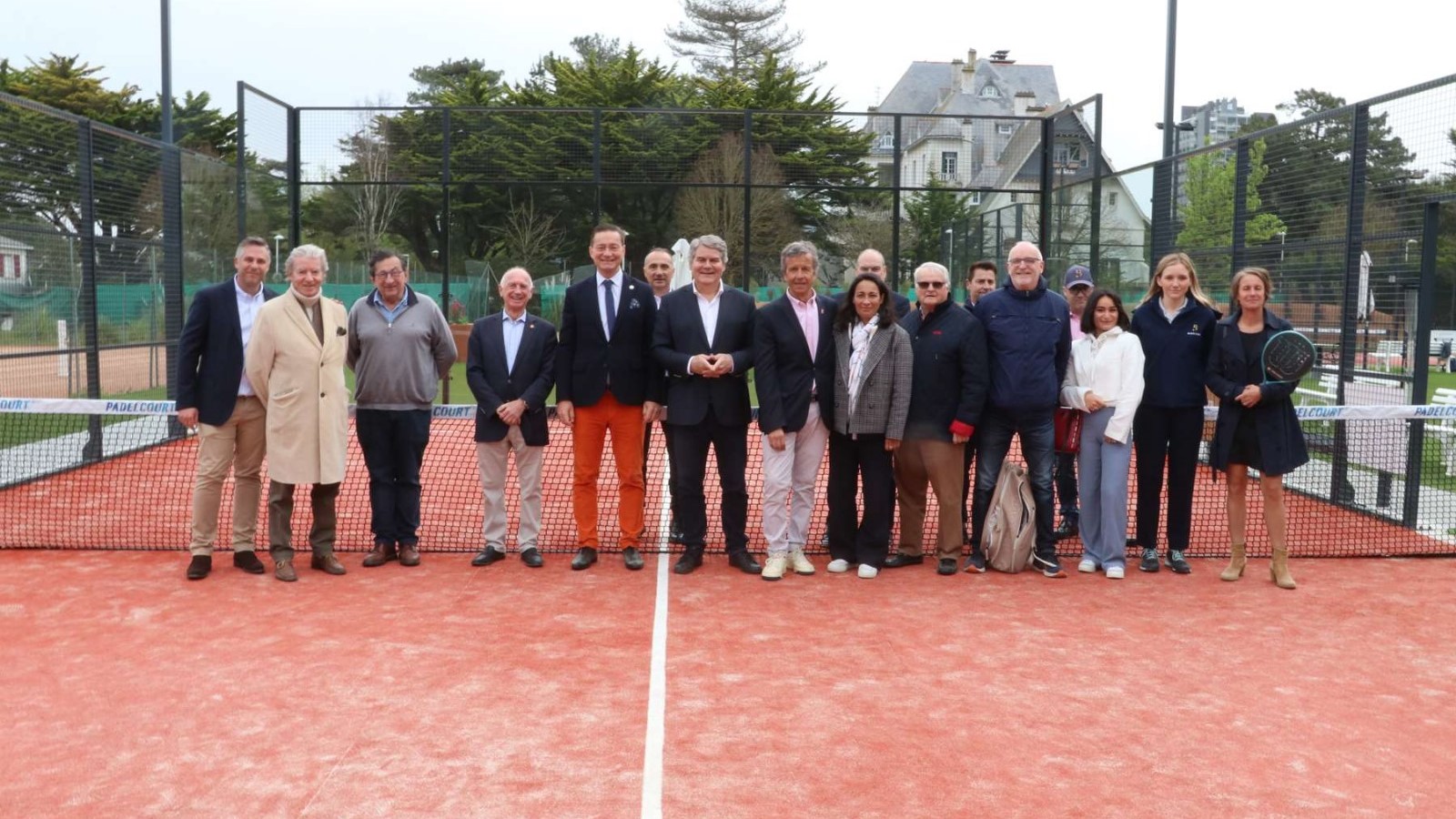 The padel of the Barrière Country Club are born in La Baule
The padel of the Barrière Country Club are born in La Baule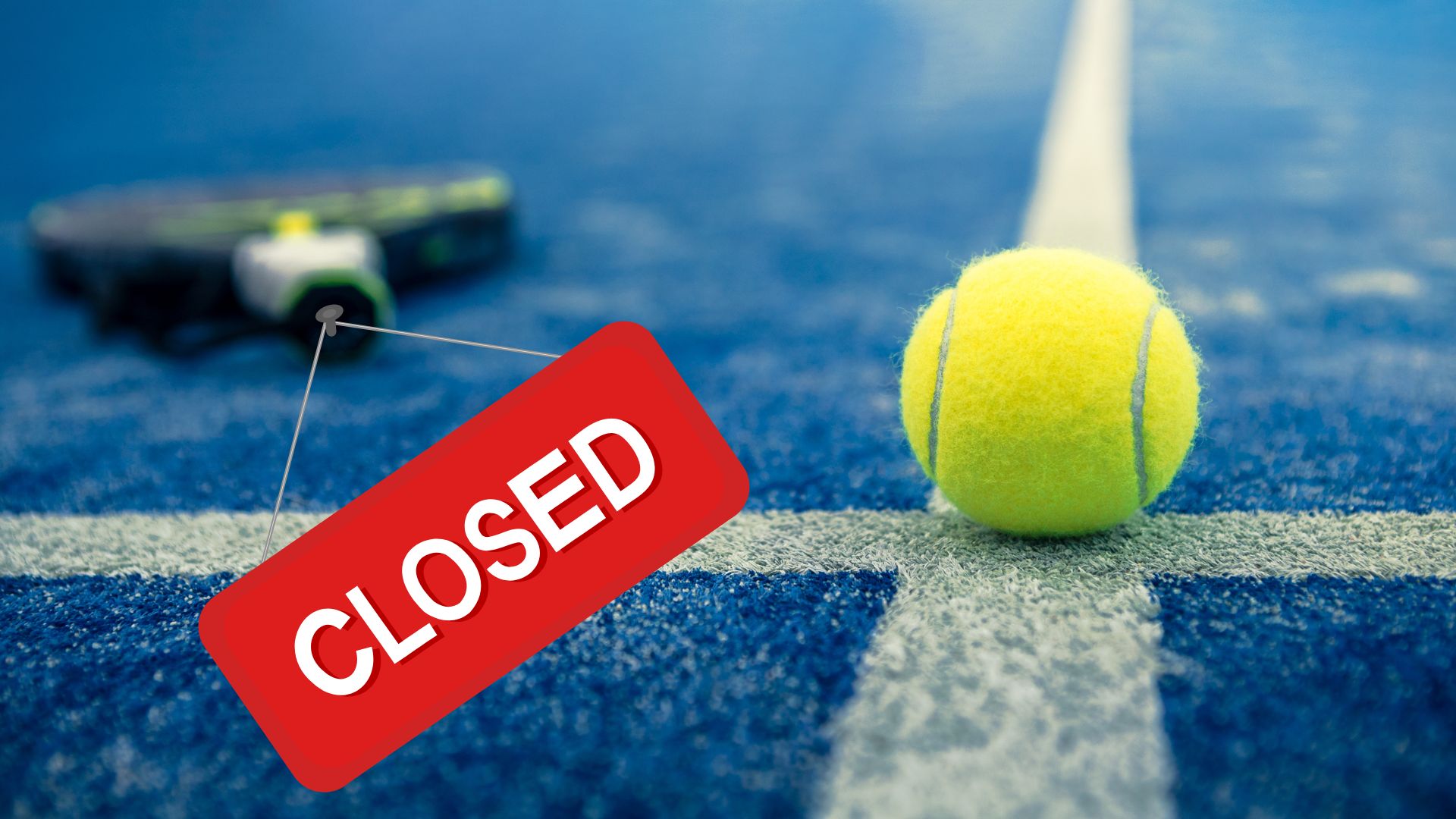 Why clubs padel do they close?
Why clubs padel do they close?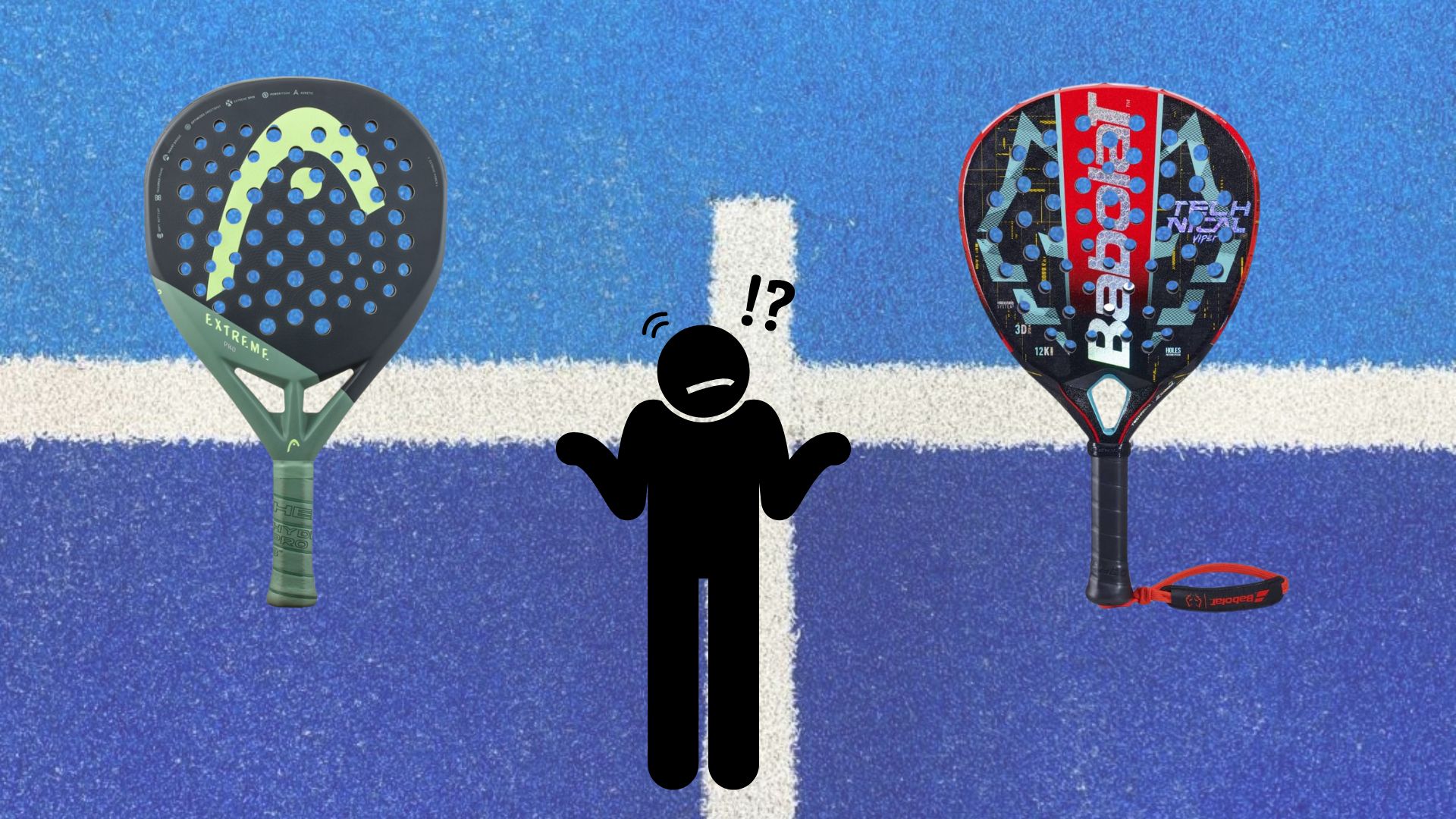 Which high-end racket to choose in 2024?
Which high-end racket to choose in 2024? At the heart of padel – Episode 24: Paul Daulan shares the evolution of his bandeja
At the heart of padel – Episode 24: Paul Daulan shares the evolution of his bandeja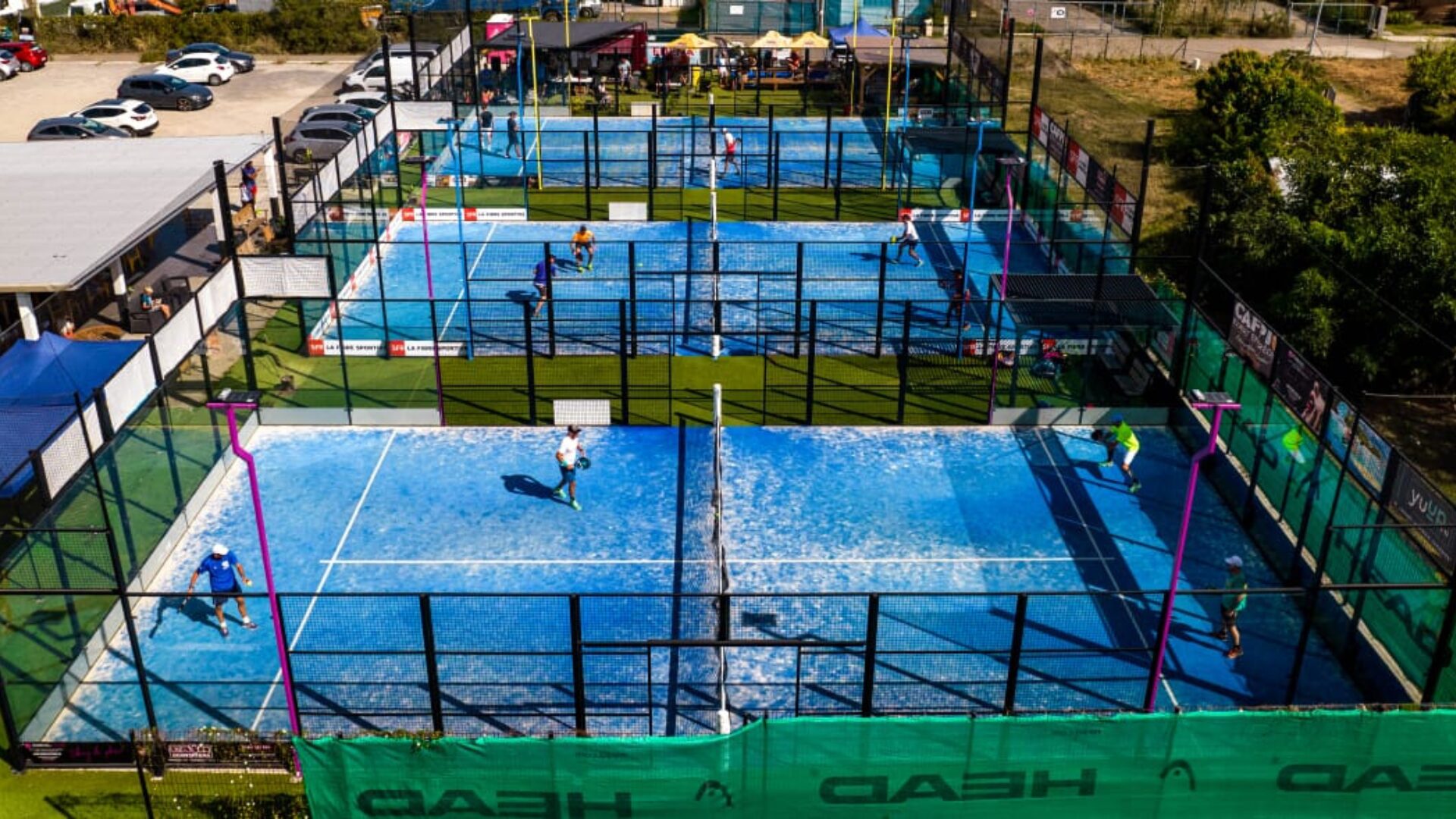 Why choose a track padel new?
Why choose a track padel new?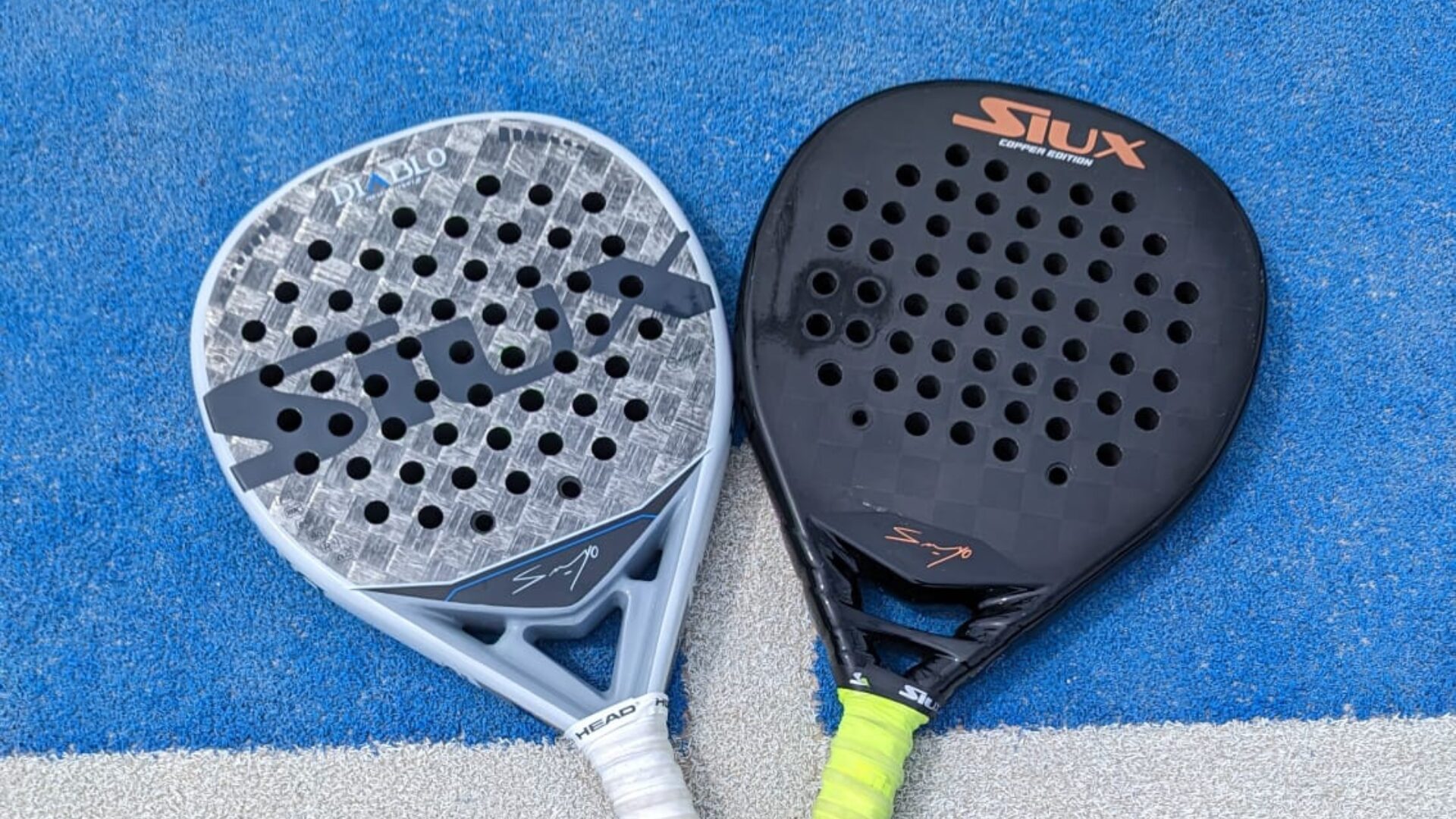 Do you know snowshoes? padel hybrids?
Do you know snowshoes? padel hybrids? At the heart of padel – Episode 23: defend the window well
At the heart of padel – Episode 23: defend the window well Prohibition on playing topless Padel : the reasons
Prohibition on playing topless Padel : the reasons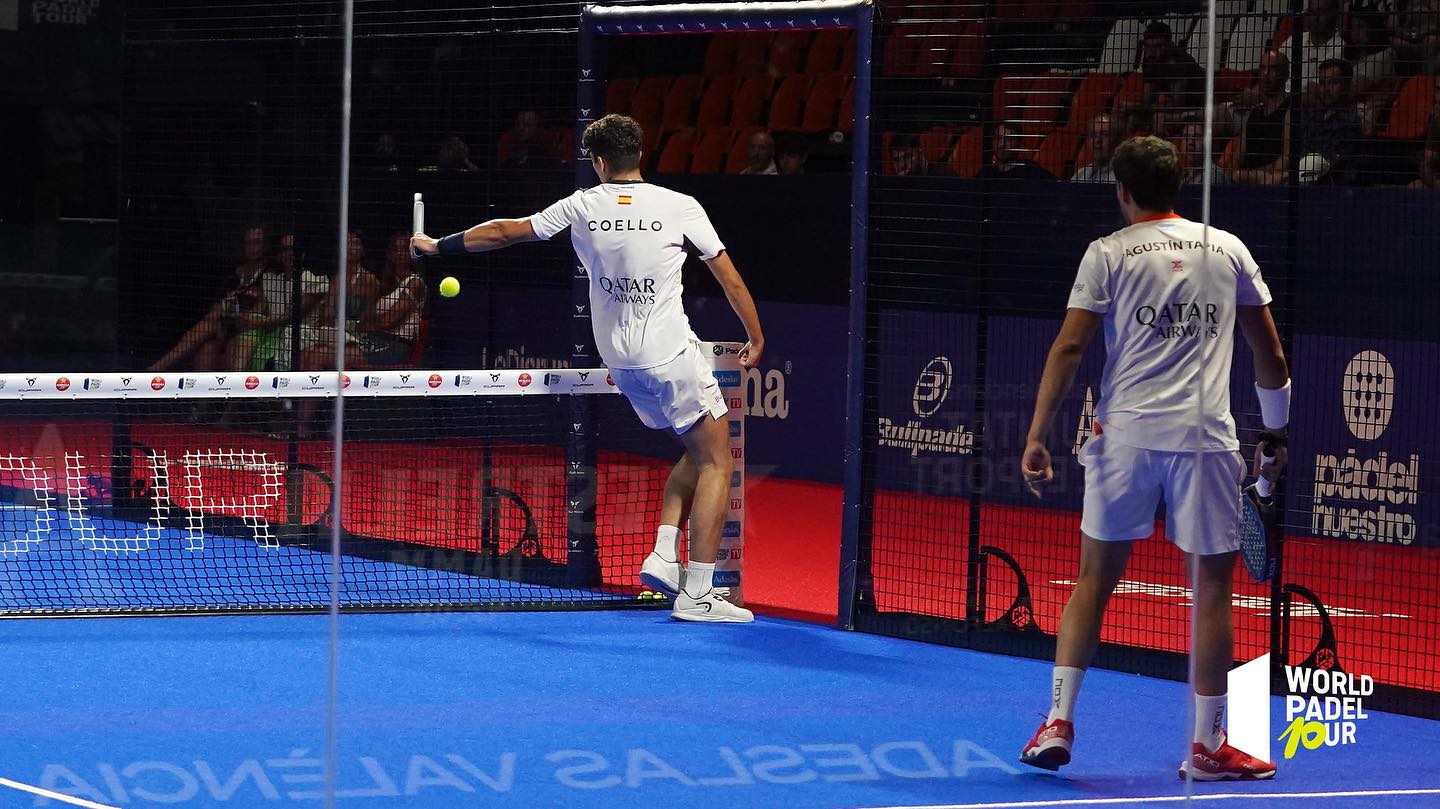 What is the difference between a dormilona, a dejada and a cushioned puerta?
What is the difference between a dormilona, a dejada and a cushioned puerta? FIP Tour – Going far from Europe, THE strategy to earn points!
FIP Tour – Going far from Europe, THE strategy to earn points! What is a good football player? padel ?
What is a good football player? padel ? “Lefties give me headaches when I play against them!”
“Lefties give me headaches when I play against them!” At the heart of padel – Episode 14: how to earn points in winter?
At the heart of padel – Episode 14: how to earn points in winter?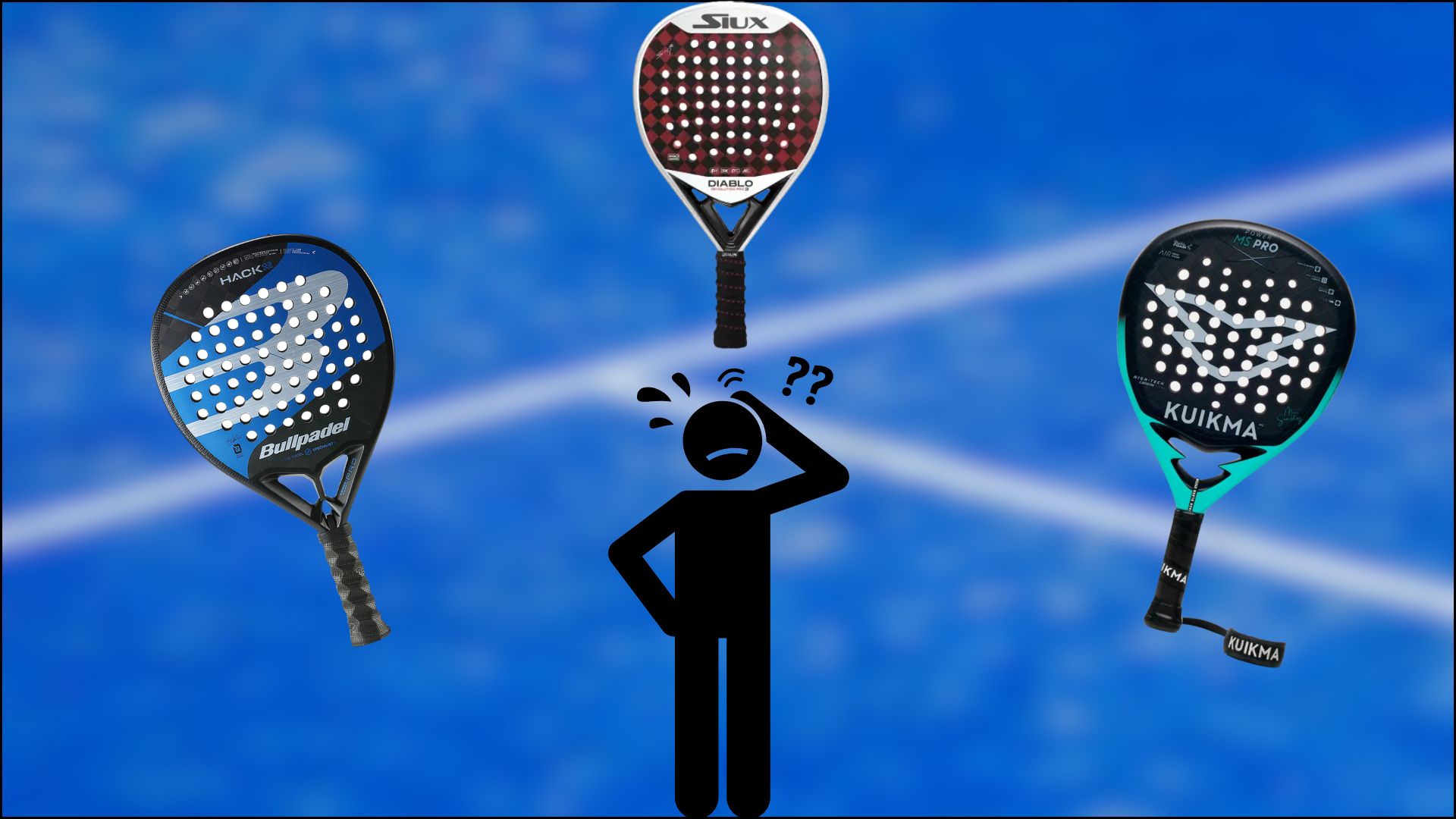 Choose your racquet padel in 3 steps
Choose your racquet padel in 3 steps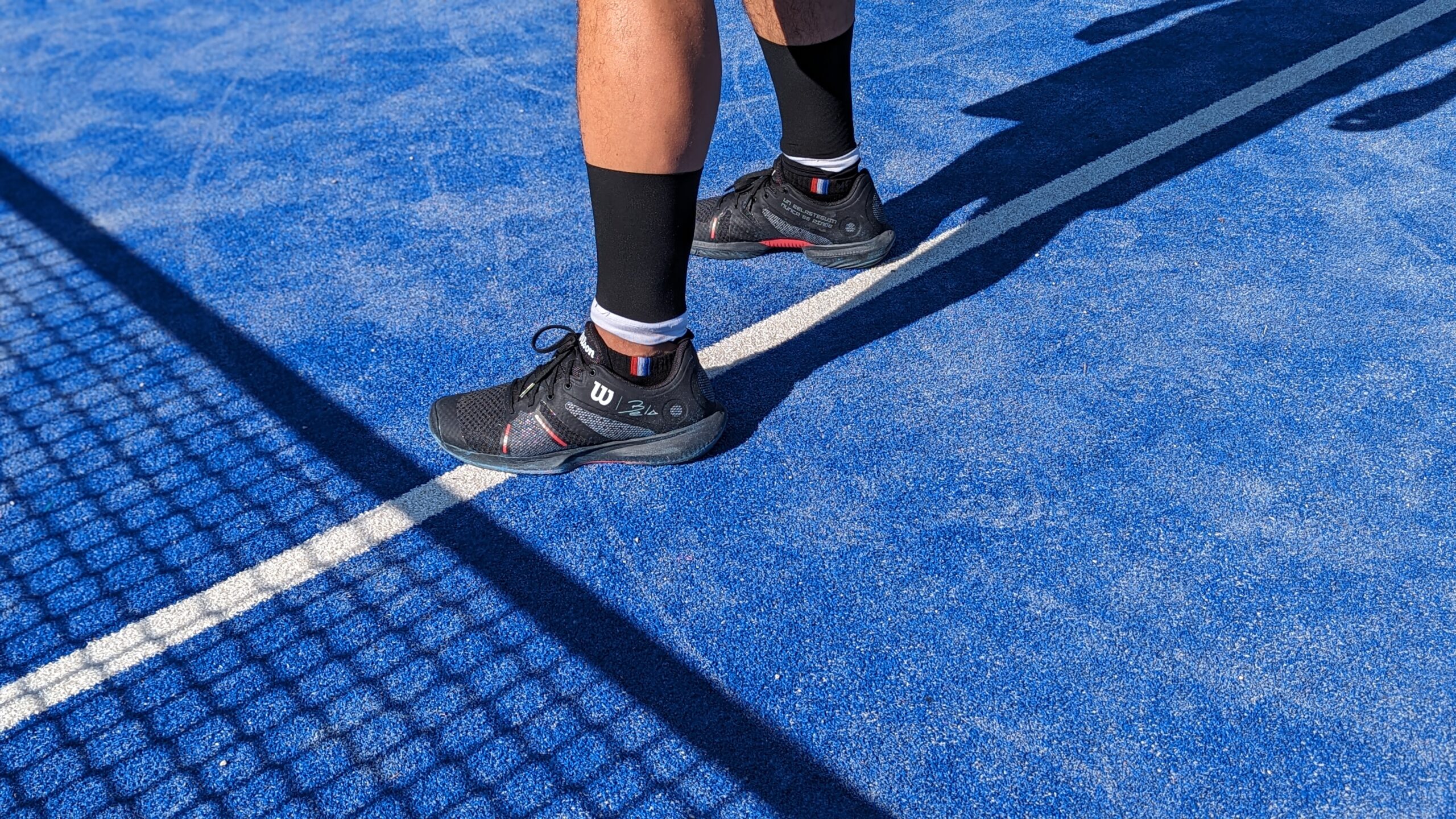 Practical guide to determining your ideal shoe size padel
Practical guide to determining your ideal shoe size padel La padel to fight Parkinson's disease
La padel to fight Parkinson's disease Don't play with a cracked or broken racket, your body will thank you!
Don't play with a cracked or broken racket, your body will thank you! Michel Cymes: “The padel, physically, it’s serious!”
Michel Cymes: “The padel, physically, it’s serious!” Jeremy Gala: “Promote the padel among young people in Belgium remains a challenge”
Jeremy Gala: “Promote the padel among young people in Belgium remains a challenge” The French Touch Academy organizes its selection day Padel-Study
The French Touch Academy organizes its selection day Padel-Study Report on the detection and training of younger generations
Report on the detection and training of younger generations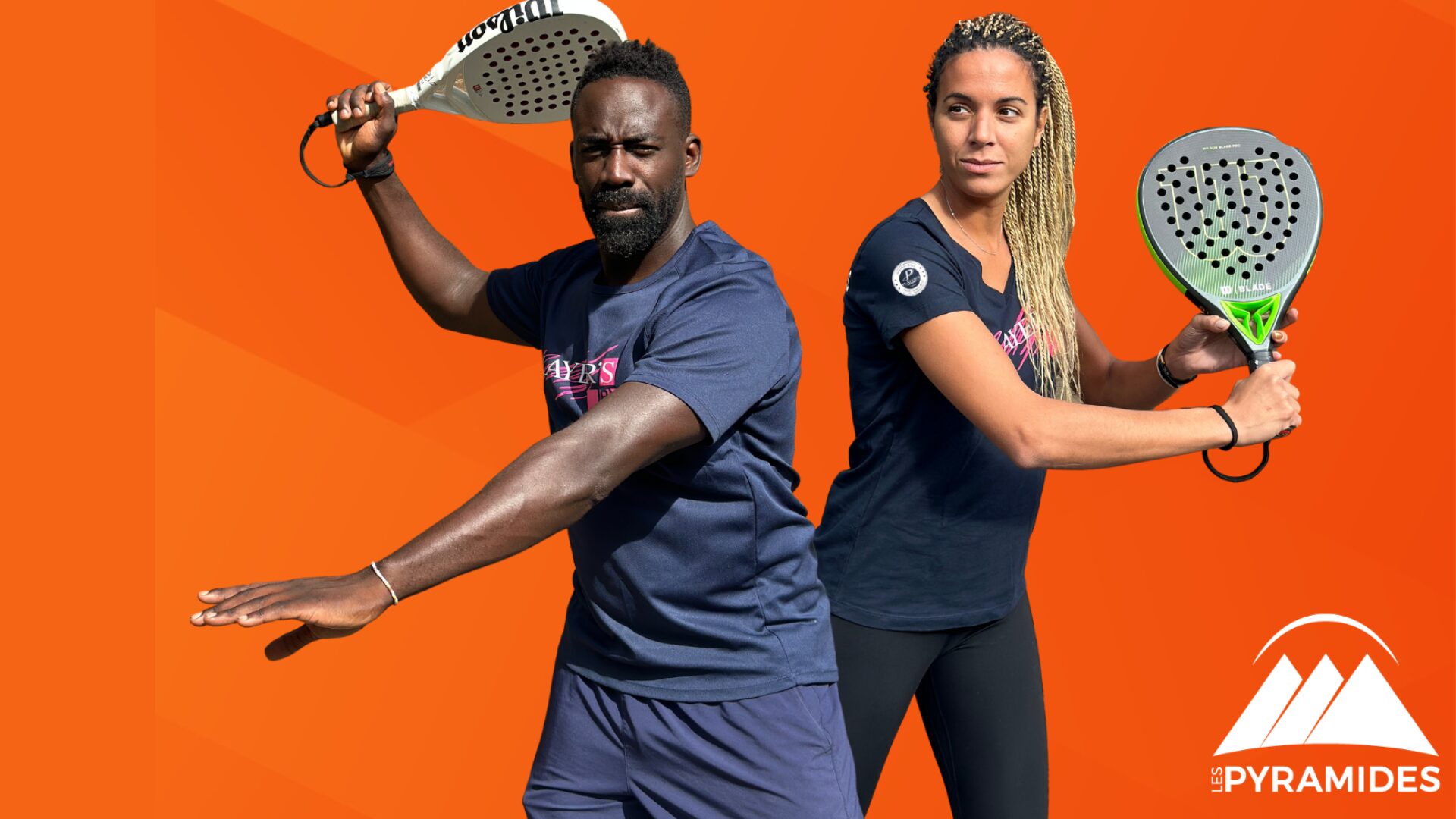 Player's adult courses from April 8 to 21, 2024!
Player's adult courses from April 8 to 21, 2024!